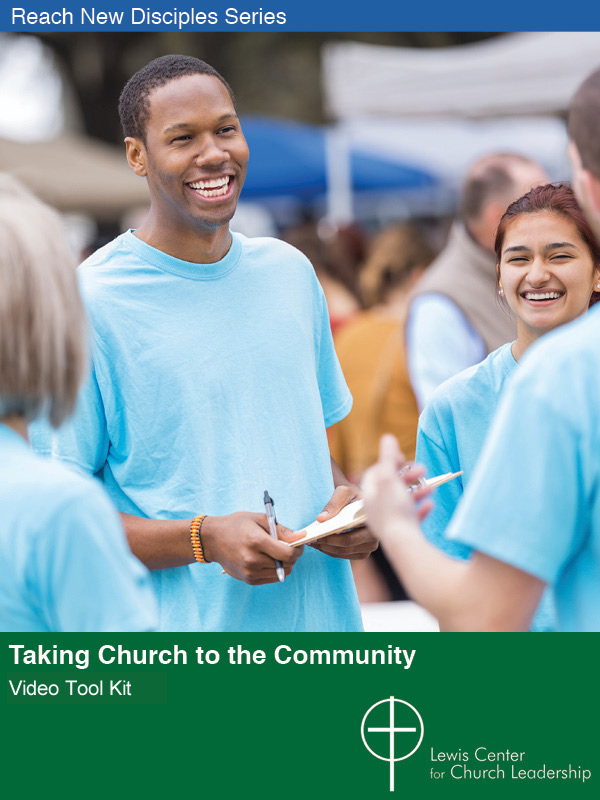Popular preacher and author Charley Reeb shares four preaching strategies to grow your church, all based on the notion that we have to connect with people’s interests and meet them where they are.
To celebrate the Lewis Center’s anniversary, we are highlighting Leading Articles — some of our most popular posts of the past 20 years. We are pleased to share again this article by Charley Reeb, originally published on June 19, 2019.
Pastors will disagree on just about anything except their common desire to grow a church. Even the humblest of pastors secretly wants to see more people in worship. And what’s wrong with that? More people in worship means more people hearing the gospel. While reading books and attending church growth conferences are helpful, there are some things you can do immediately that will help grow you church and it won’t cost you a nickel.
Here are four preaching strategies that will grow your church:
1. Do a provocative sermon series.
Have you ever done a provocative sermon series that addressed homosexuality, evolution, the death penalty, biblical inerrancy, or some other hot topic? Aggressively promote such a series (especially at Christmas and Easter) and I can almost guarantee you will see an increase in worship attendance at your church.
2. Cut back on the lectionary and preach more topical sermons.
Yes, following the lectionary has its benefits but I don’t know of a growing and thriving church that is led by a pure lectionary preacher. I am sure there are exceptions, but I don’t know of any. Most listeners are drawn to sermons that address relevant topics. Many of your listeners are not dying to hear what the Bible has to say. You have to work harder than that. Create a desire in listeners to hear what the Bible has to say about a topic they care about and then they will want to know more about the Bible. You don’t have to give up the lectionary but expand your preaching ministry by being topical from time to time.
3. Do a “You Asked for It” series and poll your congregation for sermon topics.
Use your sermon time to answer questions from the congregation. Early in the service ask them to write down a question and put it in the offering plate. During the offertory or another praise song pick out the ones you want to answer and then read and answer them during your sermon time. Also poll you church for what subject they would like a sermon to address and then put a “You Asked for It” series together based on their responses.
4. Post your sermons on Facebook.
When you preach a sermon that really resonates with people, be sure to post the video to Facebook and encourage people to comment and share. You may also want to try posting a quote or paragraph of your sermon on Facebook and ask people to respond and share. If your church doesn’t have a Facebook page, get one! Today, a Facebook page is just as important as a website.
This material is excerpted from Say Something: Simple Ways to Make Your Sermons Matter (Abingdon Press, 2019) by Charley Reeb. Used by permission. The book is available at Cokesbury and Amazon. The original source is an article written for Preaching Rocket.
Related Resources
- Be the Welcoming Church, a Lewis Center video tool kit resource
- 5 Lessons for Better Preaching by Charley Reeb
- 4 Tips for Preaching on Politically Charged Topics by Ginger Gaines-Cirelli







